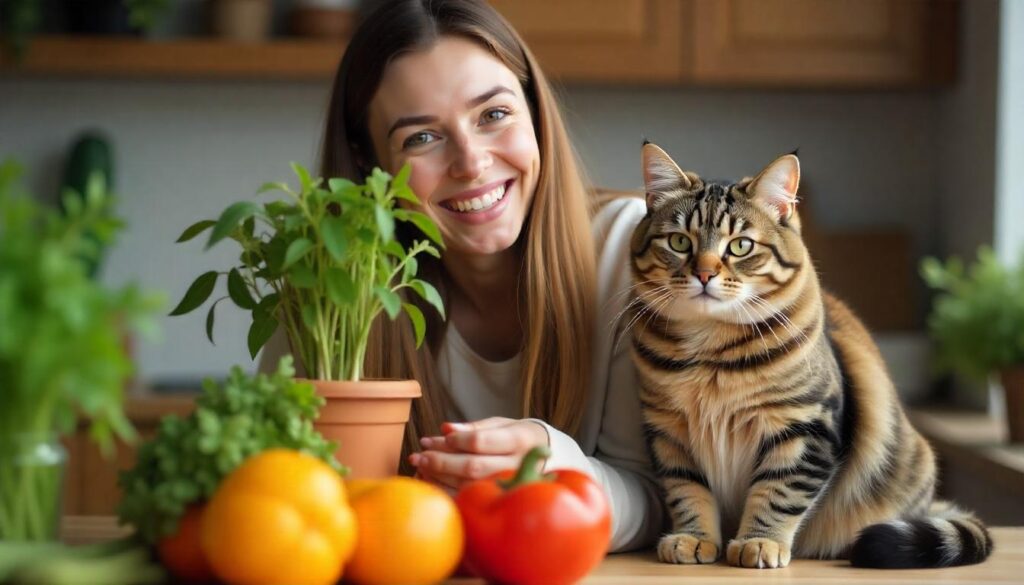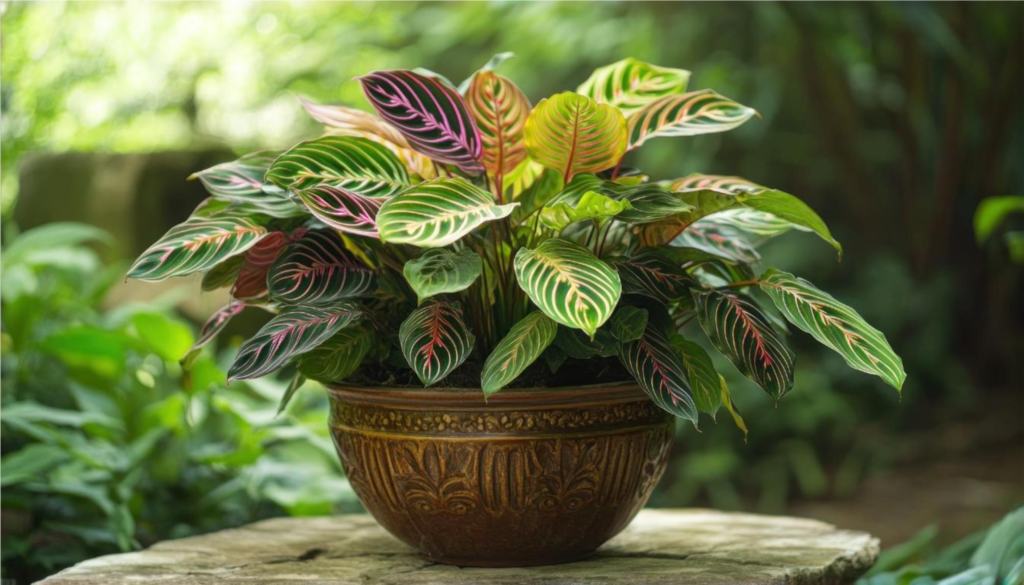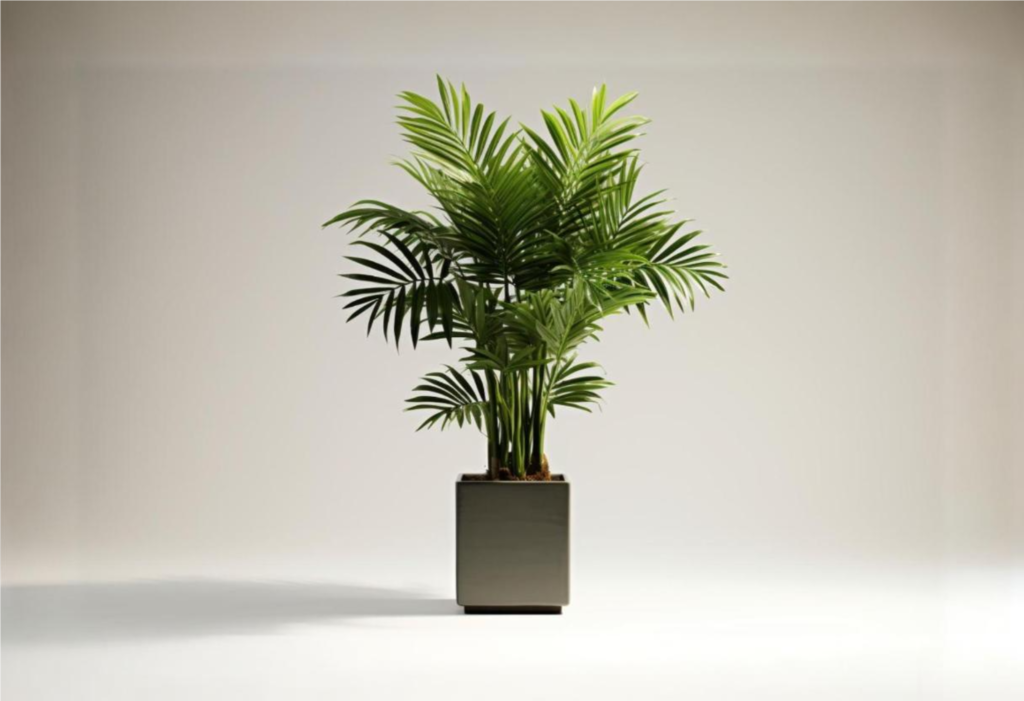
Introduction
Indoor plants can transform any home, bringing a touch of nature indoors, enhancing decor, and even improving air quality. For pet owners, however, the choice of indoor plants requires careful thought, as many popular options are unfortunately toxic to our furry friends. Certain plants, if ingested, can cause health issues in pets, ranging from mild irritation to serious illness.
In this guide, we’ll explore some of the best pet-safe indoor plants for U.S. households, ensuring that you can enjoy the beauty of greenery without worrying about the safety of your pets. We’ll also share practical tips on creating a pet-safe indoor garden, covering everything from fertilizer choices to pet-proofing techniques. Read on to discover how to keep your home stylish, your plants thriving, and your pets safe.
Part 1: Pet-Safe Plant Recommendations
Below are some popular indoor plants that are non-toxic to cats and dogs, along with tips on how to care for each one.
1. Spider Plant (Chlorophytum comosum)
The Spider Plant is a well-loved houseplant, especially among beginner gardeners, thanks to its easy-care nature. Known for its long, arching green leaves with white stripes, the Spider Plant also produces small white flowers and “baby” offshoots that can be propagated.
- Pet Safety: Spider Plants are entirely safe for both cats and dogs.
- Care Tips: Spider Plants thrive in indirect light and prefer to dry out a bit between waterings. They’re sensitive to fluoride in tap water, so it’s best to use filtered water or let tap water sit for 24 hours before watering.
- Air Purification: Spider Plants are known for their air-purifying properties, helping to remove pollutants like formaldehyde from indoor air.

2. Boston Fern (Nephrolepis exaltata)
With its lush, feathery fronds, the Boston Fern adds a touch of elegance to any room. It’s particularly popular in bathrooms due to its preference for humidity.
- Pet Safety: Safe for cats, dogs, and even birds, making it a versatile choice for pet-friendly homes.
- Care Tips: Boston Ferns thrive in high humidity and indirect light. They prefer moist soil but avoid overwatering as they’re prone to root rot. Mist the plant regularly or place it on a tray of water to maintain humidity.

3. Calathea (Calathea spp.)
Calatheas, also known as “Prayer Plants,” are famous for their stunningly patterned leaves, which often feature intricate lines and vibrant colors.
- Pet Safety: Non-toxic to pets.
- Care Tips: Calatheas prefer moderate to low light, high humidity, and well-draining soil. They thrive in environments with steady humidity, so misting regularly or placing near a humidifier can help.
- Interesting Feature: At night, Calathea leaves fold up, as if they’re “praying”—a unique feature that can be fascinating to observe!

4. Areca Palm (Dypsis lutescens)
The Areca Palm, also known as the Butterfly Palm, is a larger indoor plant with lush, feathered fronds that bring a tropical feel to any room.
- Pet Safety: Safe for both cats and dogs.
- Care Tips: The Areca Palm thrives in bright, indirect light and regular watering. Avoid direct sunlight, which can scorch the leaves, and keep the soil lightly moist.
- Air Purification: Like the Spider Plant, the Areca Palm is effective at filtering out toxins from the air.

5. Polka Dot Plant (Hypoestes phyllostachya)
The Polka Dot Plant’s colorful, speckled leaves come in shades of pink, white, and red, adding a pop of color to any indoor space.
- Pet Safety: Safe for cats and dogs.
- Care Tips: This plant prefers indirect sunlight and consistently moist soil. Its compact size makes it a great choice for tabletops or smaller spaces.
- Fun Fact: Polka Dot Plants can be grown as annuals or houseplants, and they’re known for being “bushy” if pinched regularly.

Additional Pet-Safe Plants
To add more variety, here are a few more pet-safe options:
Ponytail Palm (Beaucarnea recurvata): This plant is safe for pets and has a unique, fun appearance, resembling a palm tree with a “ponytail” of leaves.
- Care Tips: It’s drought-tolerant and prefers bright, indirect light, making it perfect for sunny spots in the house.
Baby’s Tears (Soleirolia soleirolii): Compact and lush, this plant is ideal for humid areas and offers a soft, cascading effect.
- Care Tips: Baby’s Tears prefer high humidity and indirect light. They’re sensitive to overwatering, so it’s best to keep the soil lightly moist.
Haworthia (Haworthia spp.): This succulent is easy to care for and safe for pets, making it an ideal low-maintenance choice.
- Care Tips: Thrives in bright, indirect light and tolerates low water levels. Water sparingly, as with most succulents.
Bamboo Palm (Chamaedorea seifrizii): A low-light friendly plant that adds a tropical vibe to any room and is also pet-safe.
- Care Tips: Prefers bright to medium indirect light and needs regular watering. Great for improving indoor air quality.
Peperomia (Peperomia spp.): Peperomias come in various shapes, colors, and patterns, adding unique texture and charm to indoor gardens.
- Care Tips: They do well in low to moderate light and require watering only when the top inch of soil feels dry.
Part 2: Creating a Pet-Safe Indoor Garden

Creating a pet-safe indoor garden involves more than just selecting the right plants; it’s about setting up a safe and welcoming space for both pets and plants to coexist.
Choosing the Right Spot for Your Plants
The placement of indoor plants can greatly impact their health and safety around pets. If you have curious pets, consider placing plants on elevated shelves, hanging planters, or wall-mounted holders. Not only does this keep them out of reach, but it also adds a stylish, layered look to your indoor decor.
Using Pet-Safe Fertilizers and Soil
Many commercial fertilizers contain chemicals that can be harmful to pets. To keep your indoor garden safe, look for organic, non-toxic fertilizers or choose natural fertilizers like compost, bone meal, or fish emulsion. For potting soil, avoid those containing insecticides, which may pose risks if ingested by pets.
Pet-Proofing Your Plants
If your pets are particularly curious, you can try natural deterrents. For instance, cats often dislike the smell of citrus, so placing a few citrus peels around plants may keep them away. Some owners find that providing an alternative, like a pot of cat grass, can satisfy a pet’s curiosity and redirect them from your indoor plants.
Repotting and Plant Care with Pets in Mind
When repotting, try to avoid leaving loose soil around, as some pets may find it intriguing. Additionally, consider using heavier pots that are harder for pets to knock over. If you’re dealing with diggers, consider placing rocks or decorative pebbles on top of the soil to deter them.
Part 3: Benefits of Pet-Safe Plants for Homes and Health

Indoor plants offer more than just aesthetic benefits—they contribute to our health, reduce stress, and improve indoor air quality. Let’s look at a few key benefits of incorporating pet-safe plants into your home.
Air Purification
Several indoor plants, like the Spider Plant and Areca Palm, are known for their air-purifying abilities. They absorb toxins such as formaldehyde, benzene, and carbon monoxide from the air, creating a cleaner and healthier environment.
Stress Reduction
Studies show that indoor plants can reduce stress and improve mood. Caring for plants provides a calming activity, and their presence has been linked to increased feelings of relaxation and happiness.
Enhancing Home Decor and Ambiance
Plants add warmth, texture, and life to a home, making spaces feel more welcoming. Pet-safe plants offer a variety of options, from small succulents to larger, leafy ferns, allowing homeowners to style their spaces while prioritizing pet safety.
Frequently Asked Questions
If you suspect your pet has ingested part of a plant, remove any remaining pieces from their mouth, monitor for signs of illness, and contact your veterinarian if they exhibit unusual symptoms, such as vomiting or lethargy.
Consult reliable sources like the ASPCA’s Toxic and Non-Toxic Plants list, which provides information on common toxic plants.
Yes, certain plants are highly toxic to pets, including the Sago Palm, Pothos, and Philodendron. Avoid these plants or ensure they are inaccessible to pets.
Some indoor plants can attract pests like aphids or mites. While these pests are usually harmless